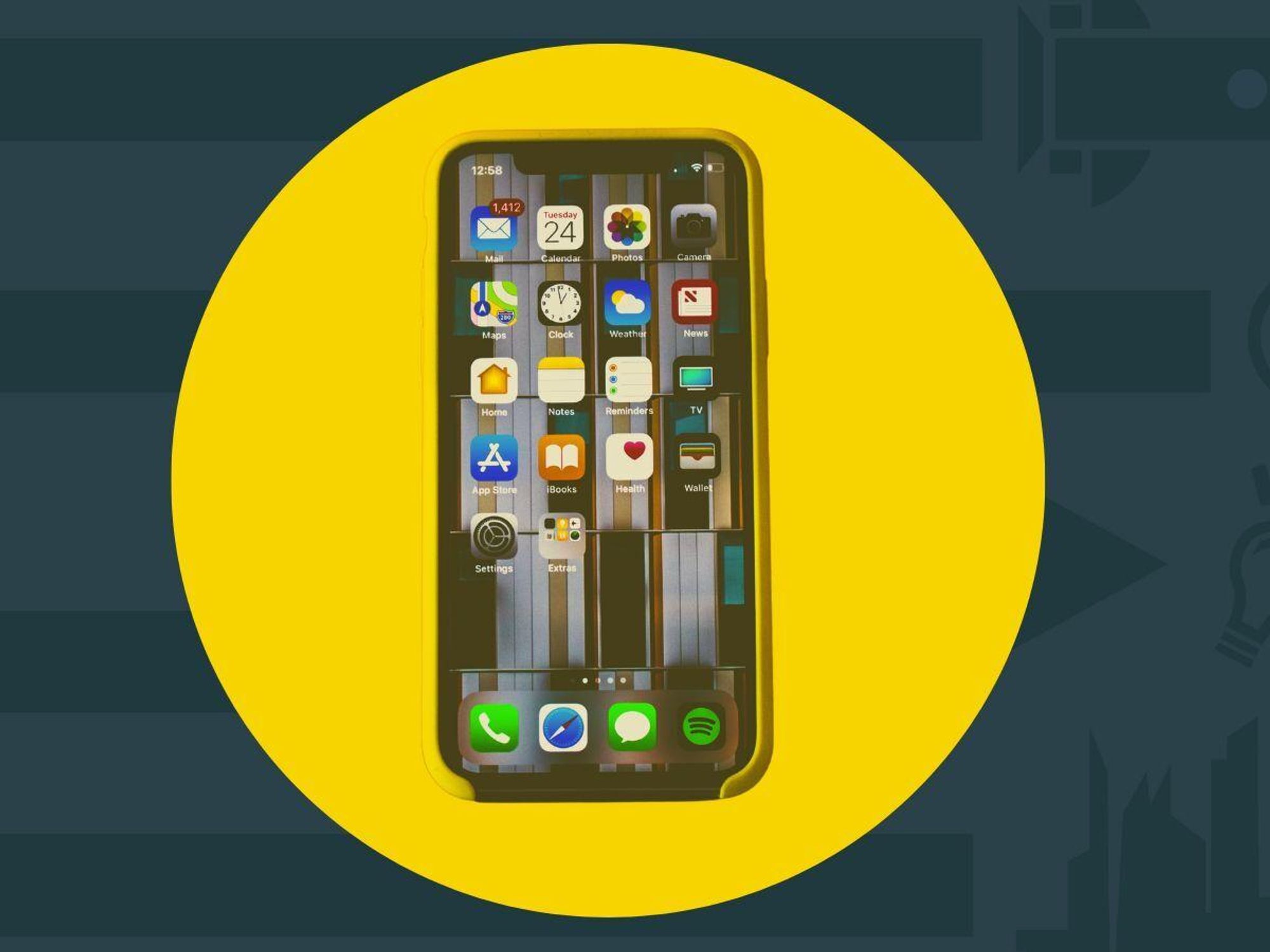Prediction: Here’s How Brands Will Find Their Way Around the Social Media ‘Platform Tax’ in 2023

I spoke with a guy the other day who runs a $60-million-per-year ecommerce business. I asked what his number one problem is today.
His answer: “I’m paying Google and Meta 30% of every dollar in revenue. I know customers love my product, and I’d love to have a more direct connection with them.”
Truth is, I hear this all the time from marketers at business-to-consumer (B2C) and business-to-business (B2B) brands . And it’s not just those two players. TikTok, Snapchat, LinkedIn and others have built powerful platforms that keep users locked in, turning these sites into de facto gatekeepers for brands.
We call it the “platform tax.” You want to sell something digitally? You need to pay a platform for access first.
With the shaky economic outlook for 2023, many brands are cutting back their media dollars and seeking new avenues to reach potential customers.
We spent the first five years at Influicity helping brands work with influencers, including movie studios, consumer goods, automotive brands and so on. At its essence, these brands were tapping into communities that influencers had built using platforms that could provide massive scale.
Social marketing’s next evolution will see brands building their own communities. And these communities are directly tied to revenue. Here’s how they’ll do it:
Working Directly with Influencers
Content creators are a phenomenal community builder because they drive consumer attention while lending a halo to the brand. Influencers come in all shapes and sizes — from the micro, such as the neighborhood soccer mom to the mega, such as the reality show star.
We see more brands leaning towards long-term relationships with influencers to generate authentic and continuous demand. They’ll do this by partnering with individual influencers on longer term commitments (i.e. 6-12 months) with exclusive requirements (i.e. you can’t work with my competitors during this period).
A good example of this is apparel brand Hollister Co, who works with a group of about 30 influencers on live streams and custom collections.
We see brands doing this on the social platforms as well as other channels, like podcasts and email.
Turning to Podcasts
Massive communities have been built through podcasts: Joe Rogan, Lex Fridman and Alexandra Cooper, to name a few.
A brand example of this is RestoTalk, a podcast from restaurant-tech company TouchBistro. This podcast is hosted by Food Network star Justin Warner and has a loyal following of restaurant industry pros. (Disclosure: TouchBistro is a client of Influicity)
Another example is HubSpot, which acquired the podcast My First Million to reach the entrepreneurship community.
Podcasts avoid the platform tax because users can download or stream them directly from their favorite podcast app, like Apple Podcasts or Spotify. Brands only need to cover server fees.
Some marketers get tripped up because they think their podcast should be about their brand. It shouldn't. Your podcast should be about what your ideal customer cares about. Running a food brand? Talk about recipes and meal prep. Have a construction company? Talk about architecture and building innovations.
There are lots of opportunities for brands that put in the time.
Building a Rapport By Email
It was old, then it was new, then it was old —now it’s new again. When done right, regular emailing can actually be a great community builder. They can become a part of the user’s daily ritual. And they can work with many different formats including text, photo and video.
Email can easily be the largest single revenue driver for consumer brands. It can also help B2B brands build a sales pipeline.
Consumer apparel brands like Tilley.com and Indochino.com (full disclosure: both are clients of mine) have daily emails that drive hefty ecommerce sales. On the B2B side, analytics company Ahrefs offers a weekly newsletter that is very popular with search marketing professionals.
Email is also one of the few non-interceptable communication vehicles. No news feed algorithm is going to filter out your message. You can’t be de-platformed, and you don’t need to pay for access to an inbox.
Organic Reach on Platforms
The same platforms that charge for access are also your best allies in creating communities: TikTok, Instagram, Twitter, LinkedIn and the rest.
I know brand leaders will complain that their content is getting filtered out and only seen by 2% of their followers.
So here’s a secret from first-hand experience: I get 500K to 1 million impressions per month (free) on LinkedIn. And it’s not luck.
It's a deliberate exercise in figuring out what the platform wants to surface and playing into that theme. And you need to do this while staying true to your own brand.
While there’s no one-size-fits-all solution, one or more of these channels could be a vital part of your brand’s communication strategy. As 2023 rolls around, take the time to experiment with the right mix. It’s not an easy balance, but it’s critical to building a community of your customers.
- Los Angeles Creator Economy News - dot.LA ›
- Employee By Day, Influencer By Night: The Rise Of Non-Professional Creators ›
- Instagram and Facebook Announce 3 New Tools To Make Turning a Profit Easier For Creators ›
- How Influencers Became Key to Big Brands During the Pandemic — and Why They'll Continue to Grow ›
- More and More Influencers Are Launching Their Own VC Funds — Here’s Why ›





 Image Source: Perelel
Image Source: Perelel